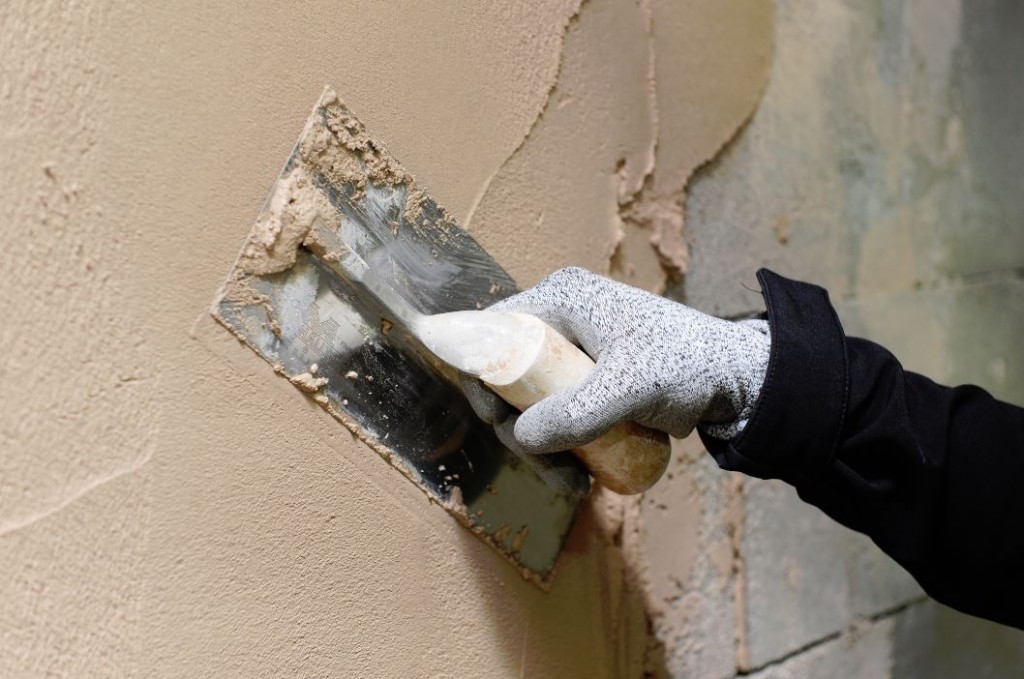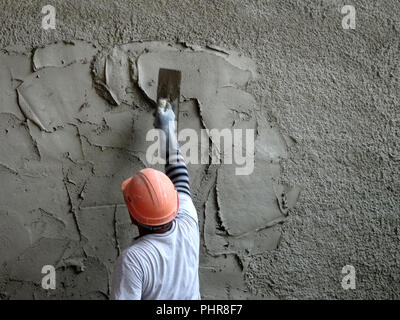Plastering Providers: Specialist Solutions for Smooth and Sturdy Wall Surfaces
Wiki Article
Recognizing the Essential Strategies of Gluing for Home Enhancement Projects
In the realm of home improvement, mastering the crucial methods of smudging can significantly enhance both the functionality and visual charm of a room. The smudging process encompasses essential phases, from thorough surface area preparation to the accurate application of materials.Kinds Of Smudging Techniques
Although different smudging strategies exist, each serves an one-of-a-kind purpose and provides distinct aesthetic qualities. Among the most common methods is conventional lime plastering, which is recognized for its breathability and adaptability. This technique is particularly useful for older frameworks, enabling dampness to leave while keeping architectural honesty.An additional widely used strategy is gypsum plastering, which involves the application of a quick-setting compound. It gives a smooth surface and is ideal for interior walls and ceilings, making it a preferred option in contemporary construction. For an extra textured appearance, trowel-on plastering methods such as stucco and Venetian plaster are commonly utilized. Stucco, commonly utilized in outsides, provides longevity and weather condition resistance, while Venetian plaster is renowned for its elegant, polished coating.
In addition, there are more specialized techniques, such as skimming, which is a procedure that involves using a slim layer of plaster over existing surface areas to create a smooth surface. Each of these strategies can drastically influence the total visual and capability of a space, making it important to select the appropriate approach based upon the specific requirements of a job.

Tools and Materials Needed

The hawk serves as a platform to hold the plaster, while the trowels, offered in different dimensions, are important for application and smoothing. A float, usually made of rubber or sponge, is used to achieve an uniform coating.

Investing in top quality devices and materials ultimately adds to an extra successful plastering project, generating a resilient and cosmetically pleasing finish. Correctly equipped, you lay the foundation for efficient plastering and home renovation.
Step-by-Step Plastering Process
With the right tools and products in hand, the next stage entails implementing the smudging process with precision. Begin by preparing the surface to ensure ideal bond. Get rid of any loosened particles, dust, or old plaster, and apply a bonding representative if necessary.Once the surface is prepped, mix the plaster according to the supplier's directions, attaining a smooth, lump-free uniformity. Using a trowel, apply the initial layer, called the scratch layer, to a density of about 5-10 mm. Make sure uniform coverage, and use a comb or scratcher to develop grooves for better attachment of subsequent layers.
After enabling the scratch layer to set her response partially, use the 2nd coat, or the brownish coat, smoothing it out for an also surface. Use the finishing layer, which ought to be thinner and smoother.
As soon as the plaster has actually dried extensively, it can be fined sand lightly to remove imperfections. Follow up with a primer before painting for a sleek last look.
Common Mistakes to Prevent
Falling short to acknowledge usual errors can substantially impact the top quality of your plastering task. One constant mistake is about his insufficient surface area prep work. Stopping working to clean and prime the surface can result in bad bond, resulting in splits and peeling off. In addition, neglecting to repair any type of underlying issues, such as wetness or architectural damage, can endanger the plaster's integrity.
Timing is additionally important; lots of inexperienced plasterers hurry the application. Enabling the preliminary layer to completely dry totally before applying succeeding layers is vital to prevent extreme breaking and shrinking.
In enhancement, not utilizing the right tools can prevent the ending up process. Making use of trowels that are small or too huge can influence your control and the smoothness of the surface.
Tips for Finishing Touches
Accomplishing a remarkable finish in plastering needs interest to detail and a couple of strategic techniques. When the first application has dried out, begin the finishing procedure by utilizing a moist sponge or trowel to ravel any type of blemishes. This step not only boosts the surface yet additionally helps to get rid of any excess plaster that may have dried out erratically.Following, consider the usage of a fine-grit sanding block or post sander for a much more sleek look. Sanding should click to find out more be done carefully to prevent damaging the underlying layer - Plastering. Constantly wear a mask to shield versus dirt breathing
After fining sand, evaluate the surface area under various lights problems to recognize any type of missed out on places or disparities. Use a thin layer of ending up plaster if needed, feathering out the sides to blend effortlessly with the surrounding location.
Verdict
In verdict, grasping crucial plastering strategies considerably boosts the quality of home enhancement projects. Recognizing the numerous types of smudging approaches, utilizing ideal devices and products, and sticking to a systematic application procedure add to accomplishing a smooth and long lasting coating.In the world of home improvement, mastering the essential strategies of plastering can considerably boost both the performance and aesthetic allure of a space.Although numerous gluing strategies exist, each serves an unique objective and provides distinctive aesthetic top qualities. Plastering. For an extra textured appearance, trowel-on plastering techniques such as stucco and Venetian plaster are frequently employed. Stucco, commonly utilized in outsides, provides resilience and weather condition resistance, while Venetian plaster is renowned for its luxurious, polished surface
Frequently made use of plaster types consist of gypsum plaster, lime plaster, and cement-based plaster, each serving different objectives and settings.
Report this wiki page